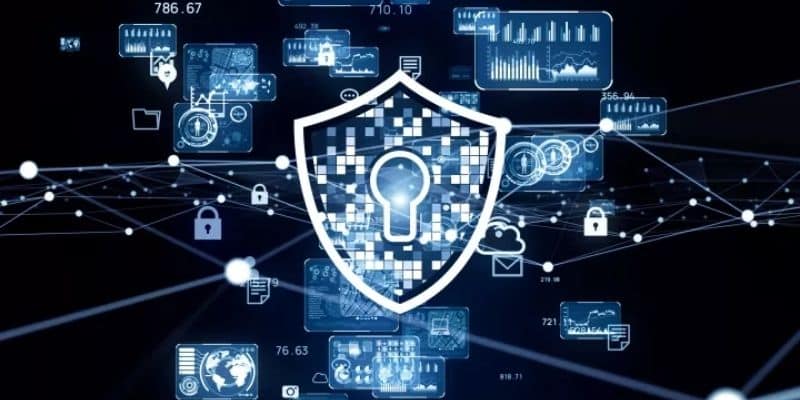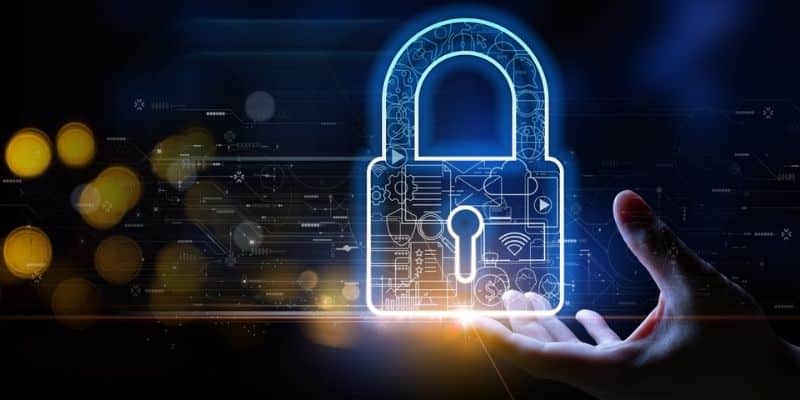In today's interconnected world, cybersecurity is paramount for businesses of all sizes. The digital landscape is constantly evolving, and with it comes a slew of new threats that can compromise sensitive data, disrupt operations, and damage a company's reputation. As technology advances, so do the tactics of cybercriminals. This article will explore the top 10 cybersecurity threats facing businesses today, highlighting the challenges and strategies necessary to protect your organization. You will also learn why working with the best IT management or managed service provider is important.
Top Cyber Security Threats Businesses Face Today
Phishing Attacks
Phishing attacks remain a pervasive threat to businesses. These attacks involve fraudulent emails, messages, or websites that impersonate trusted entities to deceive employees into revealing sensitive information such as login credentials or financial data.
Phishing tactics are continually evolving, becoming more convincing and difficult to detect. To defend against phishing attacks, businesses should invest in employee training, implement robust email filtering systems, and promote a culture of skepticism when handling unsolicited requests for information.
Ransomware
Ransomware attacks have surged in recent years, with cybercriminals using increasingly sophisticated methods to infiltrate systems and encrypt data, demanding a ransom for its release. Such attacks can bring businesses to a standstill and result in significant financial losses.
Organizations should regularly back up their data, keep software and systems up-to-date, and implement robust cybersecurity solutions that include intrusion detection and prevention systems to mitigate ransomware risks.
Insider Threats
Insider threats can be equally as damaging as external attacks. These threats arise from employees or trusted individuals who intentionally or accidentally compromise security. Companies should implement strong access controls, monitor employee activities, and conduct regular cybersecurity awareness training to combat insider threats. It is essential to balance trust and security in the workplace.
Zero-Day Exploits
Zero-day exploits target vulnerabilities in software or hardware that are unknown to the manufacturer or have not yet been patched. Cybercriminals often exploit these vulnerabilities to gain unauthorized access to systems. To defend against zero-day exploits, businesses should employ vulnerability management strategies, including regular system scans and timely patching of known vulnerabilities.
Advanced Persistent Threats (APTs)
APTs are long-term, targeted attacks by well-funded and organized threat actors. These attackers aim to infiltrate a network, exfiltrate sensitive data, and maintain access for an extended period, often remaining undetected for months or even years. To counter APTs, organizations must deploy advanced threat detection systems, conduct thorough security assessments, and employ a proactive incident response plan.
Distributed Denial of Service (DDoS) Attacks
DDoS attacks flood a target's server or network with traffic, overwhelming it and causing service disruption. These attacks can result in significant financial losses and damage a company's reputation. Protecting against DDoS attacks involves using robust network security solutions, implementing traffic filtering and monitoring, and employing content delivery networks (CDNs) to distribute traffic and absorb the attack.
Internet of Things (IoT) Vulnerabilities
The proliferation of IoT devices has created new attack surfaces for cybercriminals. Many IoT devices lack adequate security features, making them vulnerable to exploitation. Organizations must take steps to secure IoT devices by using strong authentication, regular firmware updates, and network segmentation to isolate IoT devices from critical systems.
Supply chain attacks
Supply chain attacks target a business's partners or suppliers to gain unauthorized access to their systems. Once compromised, attackers can use these trusted relationships to infiltrate the target organization. To defend against supply chain attacks, it is crucial to assess and vet the cybersecurity practices of third-party vendors and implement strict access controls.
Social Engineering
Social engineering attacks manipulate individuals into divulging confidential information or performing actions compromising security. These attacks can take various forms, such as pretexting, baiting, or tailgating. Mitigating social engineering risks requires comprehensive employee training and awareness programs to help staff recognize and respond to these threats effectively.
Credential Stuffing
Credential stuffing attacks leverage stolen usernames and passwords from one platform to gain unauthorized access to other accounts where users have reused the same credentials. To protect against credential stuffing, businesses should enforce strong password policies, implement multi-factor authentication (MFA), and monitor login attempts for unusual activity.
Why Businesses Should Protect Themselves Against Cyber Security Threats
Protecting Sensitive Data
Protecting sensitive data is one of the most critical reasons for businesses to invest in cybersecurity. Whether it is customer information, financial records, intellectual property, or employee data, organizations store a vast amount of confidential information. A breach of this data can lead to financial losses, legal liabilities, and severe damage to an organization's reputation.
Safeguarding Financial Assets
Cyberattacks can directly and immediately impact a company's financial health. Ransomware attacks, for example, can demand hefty sums of money to unlock encrypted data. Moreover, the costs associated with mitigating the aftermath of an attack, such as forensic investigations, system repairs, and legal fees, can be crippling for businesses. Investing in cybersecurity measures can help prevent such financial losses.
Maintaining Customer Trust
Customers trust businesses with their personal information, and a data breach can instantly shatter that trust. When a company fails to protect customer data, it faces potential lawsuits and regulatory penalties and loses customer loyalty. Rebuilding trust after a breach is challenging and time-consuming, making prevention a much more cost-effective approach.
Meeting Regulatory Compliance
Many industries are subject to strict data protection regulations, such as the General Data Protection Regulation (GDPR) in Europe or the healthcare sector's Health Insurance Portability and Accountability Act (HIPAA). Non-compliance with these regulations can result in substantial fines and legal consequences. A robust cybersecurity strategy ensures regulatory compliance and avoids costly penalties.
Defending Against Reputation Damage
A company's reputation is one of its most valuable assets. A data breach or cyber incident can lead to negative media coverage, public outrage, and a tarnished brand image. Rebuilding a damaged reputation is a lengthy and challenging process; in some cases, it may only partially recover. Investing in cybersecurity is an investment in protecting the brand's integrity and goodwill.
Staying Competitive
In today's competitive business landscape, customers, partners, and investors expect companies to prioritize cybersecurity. Organizations that commit to safeguarding sensitive information are more likely to attract and retain customers and business partners. Neglecting cybersecurity can result in losing business opportunities and falling behind competitors who prioritize it.
Conclusion
Cybersecurity threats constantly evolve, and businesses must remain vigilant to protect their assets, customers, and reputation. By understanding and addressing these top 10 cybersecurity threats, organizations can bolster their defenses and reduce the risk of a damaging breach. Implementing a comprehensive cybersecurity strategy that combines advanced technology, employee education, and proactive monitoring is crucial in today's digital landscape. It is not a matter of if a cyberattack will occur but when, so being prepared is the best defense.





You must be logged in to post a comment.